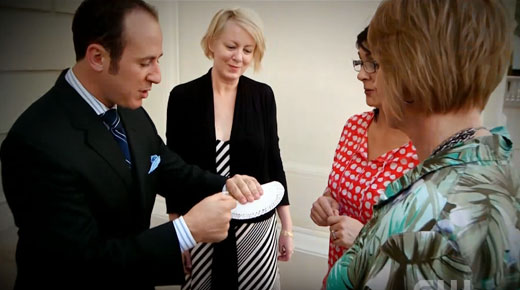A sale, like a great magic trick, occurs inside the customer’s mind. And it is there where it is replayed, remembered, and redefined continually afterward. Because magicians are masters of perception, they understand how to get into the heads of their prospects better than anyone else. That’s why the principles of magic can be so helpful in a business environment.
|
ADVERTISEMENT |
The following four tools and techniques are used in magic to create the perception of magical experiences. Each begins with the letter A. So we’ll call each of them the proverbial “ace up the sleeve.” They’re not just a part of a winning hand; when executed together, they are a part of a winning strategy of customer service.
Here are the four aces from a magician’s tool set of perception:
1. What assumptions are your customers making?
2. How are you acknowledging them?
3. How are you building anticipation to heighten emotions?
4. And what are you doing to surprise, delight, and ultimately astonish your customers?
…

Add new comment